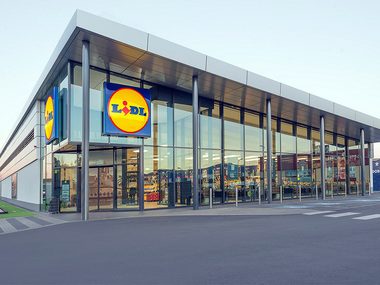The supply of salmon to the European Union fell by 5% in 2023 to 1.327 million metric tons, according to the latest annual report from the European Fish Processors and Traders Association (AIPCE-CEP).
The report did not specify the reasons behind the decline, which equates to a reduction of 65,000 tonnes year-on-year.
Norway continues to be the primary supplier of salmon to the EU, accounting for 80% of total imports and 89% of whole fresh Atlantic salmon. Almost all of the EU’s salmon supply in 2023—99%—came from outside the EU-27, following the UK’s exit from the bloc, which left member states reliant on external suppliers.
Norwegian salmon imports remain essential for the EU’s seafood processing industry, creating thousands of jobs.
Fresh whole salmon made up 73% of EU salmon imports in 2023, with frozen fillets and fresh fillets accounting for 13% and 11%, respectively.
Norwegian salmon is primarily imported via road through Sweden, Denmark, and Poland, where it is processed and distributed across the EU. Processing in the EU offers Norwegian exporters an advantage due to lower labour costs and reduced import duties on unprocessed fish.
The European Commission has raised concerns over Norway’s export restrictions on lower-quality “production” salmon, citing them as a trade barrier, the report noted. Under Norwegian law, production salmon—those with minor defects—cannot be exported without correction at Norwegian facilities. This practice, which results in lower-cost fillets being exported, has sparked complaints from EU producers who face higher costs for superior-grade salmon.
The UK has also emerged as a significant third-country supplier of salmon to the EU. In 2023, 85% of the 59,000 tonnes of salmon imported from the UK consisted of whole, fresh fish.


